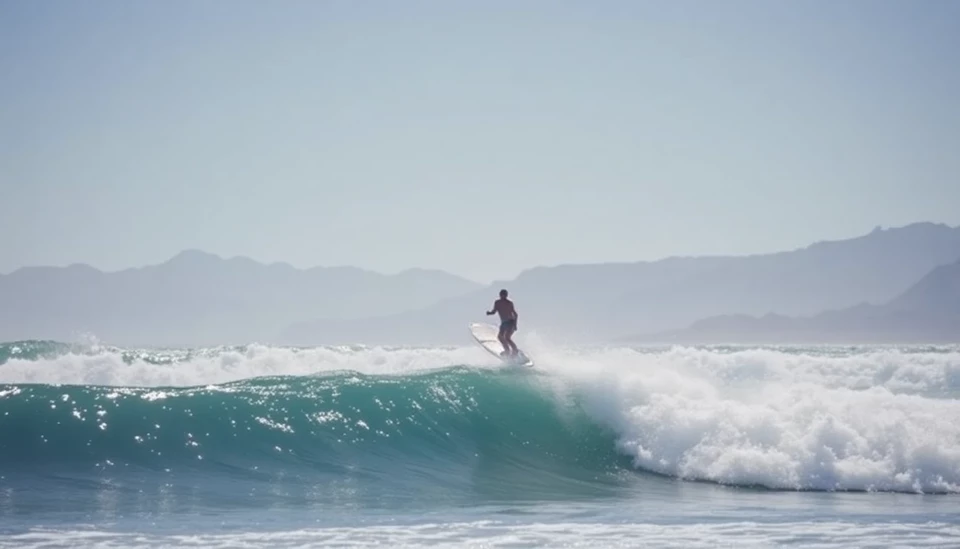
As surfing becomes increasingly popular beyond coastal regions, enthusiasts are reinventing the sport in unexpected locations, including arid deserts. This enthusiastic surge is currently exemplified by the rise of artificial wave pools. These pools, meticulously engineered to emulate ocean conditions, are popping up in places like the arid deserts of California, Arizona, and even in regions with limited access to traditional surf beaches.
However, while the allure of catching waves amidst a vast desert landscape is captivating, it comes at a significant environmental price. The mechanics of creating these waves require vast quantities of water, an increasingly precious resource in many areas facing severe drought conditions. As climate change exacerbates water scarcity, the sustainability of these artificial surfing setups is being called into question.
Critics argue that the environmental footprint associated with maintaining wave pools undermines the very essence of surfing, which is often tied to a deep respect for the ocean and natural ecosystems. The energy consumption linked to the operation of these facilities is also under scrutiny. Each wave produced demands substantial energy input, leading to increased carbon emissions, which ultimately contribute to the very climate crisis surfers claim to be addressing through advocacy and ocean conservation.
Moreover, the development of such facilities raises further issues regarding local water rights. In many regions, water is already a contested resource, and diverting it to create luxury surf experiences can escalate tensions amongst communities, particularly those reliant on that water for agriculture or basic needs.
Proponents of artificial surfing venues argue that they offer a controlled environment for training and competition, which can promote the sport and broaden access to communities far removed from the ocean. They assert that these locations can serve as centers for promotion of sustainability and environmental awareness within the surfing community. Nevertheless, the juxtaposition of an artificial wave pool in a desert setting seems paradoxical to many who see the ocean as the quintessential surf environment.
As the popularity of surfing in unconventional locations continues to rise, stakeholders and surfers alike are urged to consider the long-term implications of prioritizing convenience and novelty over sustainability. The conversation surrounding surfing in the desert emphasizes the urgent need to find a balance between enjoying the sport and protecting the planet.
In conclusion, while the prospect of surfing in desert locales may present exciting possibilities for adventure seekers, it is essential to critically assess the broader climatic and environmental repercussions. For surfers, this means not only embracing innovation but also championing practices and policies that safeguard the oceans and lands they love.
#Surfing #ClimateChange #Sustainability #ArtificialWaves #DesertSurfing #EnvironmentalImpact #WavePools #WaterScarcity #EcoFriendlySurfing
Author: Peter Collins




